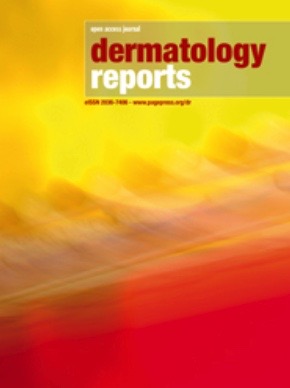Complications in nail surgery and prevention strategies: a comprehensive review
All claims expressed in this article are solely those of the authors and do not necessarily represent those of their affiliated organizations, or those of the publisher, the editors and the reviewers. Any product that may be evaluated in this article or claim that may be made by its manufacturer is not guaranteed or endorsed by the publisher.
Authors
Nail surgery, commonly performed to manage a wide range of nail disorders, is associated with potential complications that can affect patient’s recovery and outcomes. This review provides a detailed overview of these possible complications and strategies for their prevention. Surgical complications in nail procedures can be classified into specific and non-specific. Specific complications are associated with damage to particular structures of the nail unit, such as the matrix, nail bed, or hyponychium. Non-specific complications, such as hematoma, infection, and necrosis, may be a consequence of any surgical procedure and are not directly related to the anatomical structures involved in the operation. Recognizing factors that can contribute to these complications, such as the choice of surgical techniques, patient comorbidity management, and the implementation of postoperative care practices, is essential to reduce their incidence. This work reports the current evidence and best practices in order to reduce surgical risks and improve patient outcomes. Examining each complication and its prevention strategies in detail, this review is a practical resource for clinicians who manage nail surgery cases.
How to Cite

This work is licensed under a Creative Commons Attribution-NonCommercial 4.0 International License.








